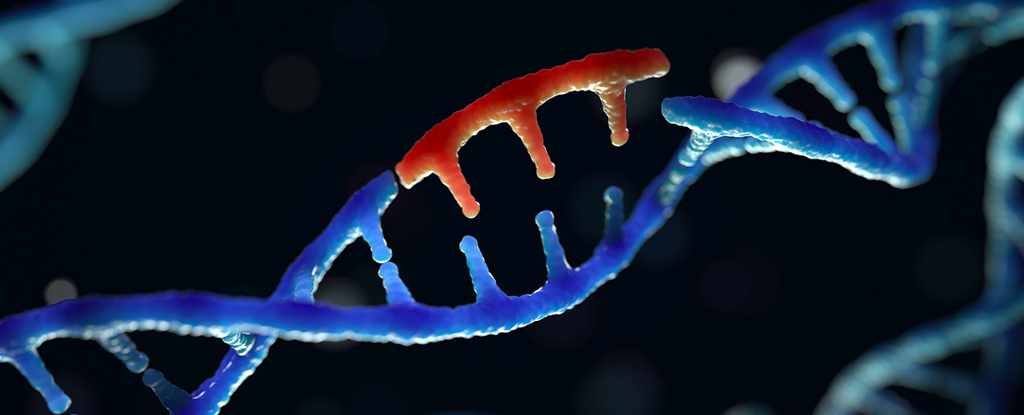When viruses pay us a visit, they sometimes leave parts of themselves behind.
Silently tucked away in our genomes, some of these bits of foreign DNA can get passed down through the generations. They were long thought inactive, but we’ve since learned these stowaway sequences can be turned back on to wreak all sorts of havoc.
Now researchers led by University of Colorado bioinformatician Atma Ivancevic, have found cancers can make use of some of these zombie virus parts for their own benefit.
“Our study shows that diseases today can be significantly influenced by these ancient viral infections that until recently very few researchers were paying attention to,” says genome biologist and senior author, Edward Chuong.
Long dismissed as ‘junk’ DNA, we owe snippets of virus leftovers known as endogenous retroviruses (ERVs) our existence as mammals, for they spurred the evolution of the placenta. We would not be human without them.
But as with most things, ERVs come with costs too, which we’re only just beginning to understand.
“We know that cancer cells express a lot of genes that are not supposed to be on, but no one really knows what is turning them on,” explains Chuong. “It turns out many of the switches turning them on are derived from these ancient viruses.”
Ivancevic and her team analysed published datasets on the epigenomes of 21 different types of cancer and were surprised to find that a particular family of ERV called long terminal repeat 10 (LTR10) was active at very high levels. The original virus infected our primate ancestors around 30 million years ago.
A functional study conducted on a cell line of colorectal cancer tissues revealed LTR10 regulated the expression of genes with established roles in the generation of tumors.
When the undead LTR10 genes were snipped out of action in human colorectal tumor cells and in mice, genes that cause cancer to grow, including XRCC4, known to be involved in therapy resistance, were also deactivated. This allowed treatments that shrink the tumors in mice to work better.
LTR10 is acting as an epigenetic switch to control these genes, Ivancevic and team conclude.
Cancers seem to be using these discarded virus parts to change patterns of gene expression across tumors, with just one family of retroviruses regulating up to a staggering 70 cancer-associated genes.
While Ivancevic and team could tell which genes LTR10 was regulating in the tumor cells, they couldn’t directly verify those genes were associated with that specific cancer’s growth and spread. They recommend further studies of patient-derived organoids to make those connections.
The researchers suspect that as we age, more of these zombie virus bits may come back to life as our defenses break down, contributing to other health problems later in life.
Slowly, but surely scientists are narrowing in on the more obscure parts of our biology behind these complex conditions.
This research was published in Science Advances.














/https://tf-cmsv2-smithsonianmag-media.s3.amazonaws.com/filer_public/d1/82/d18228f6-d319-4525-bb18-78b829f0791f/mammalevolution_web.jpg)


;Resize=(1180))


Discussion about this post